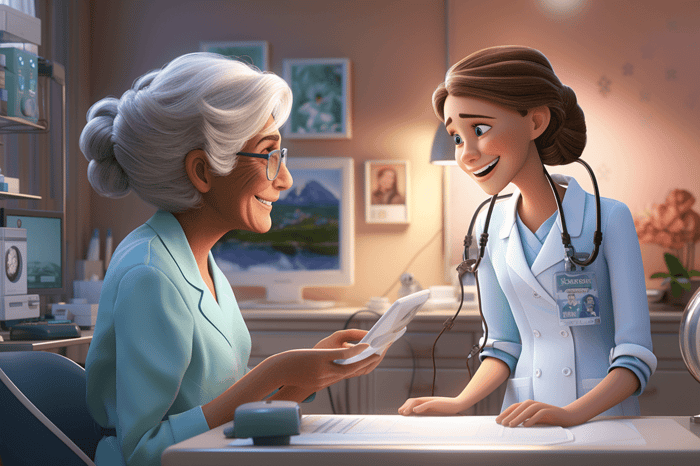
Aberdeen Medical School: Guide to the Learning Environment
Hello there, future doctors! In this blog, we'll explore the learning environment and training approach at Aberdeen Medical School.
We'll highlight key insights directly from Aberdeen Medical School's own responses to the GMC's self assessment surveys in 2020 and 2022. My goal is to equip you with useful details to inform your decision-making process when choosing a medical school. Let's dive in!
Patient Safety
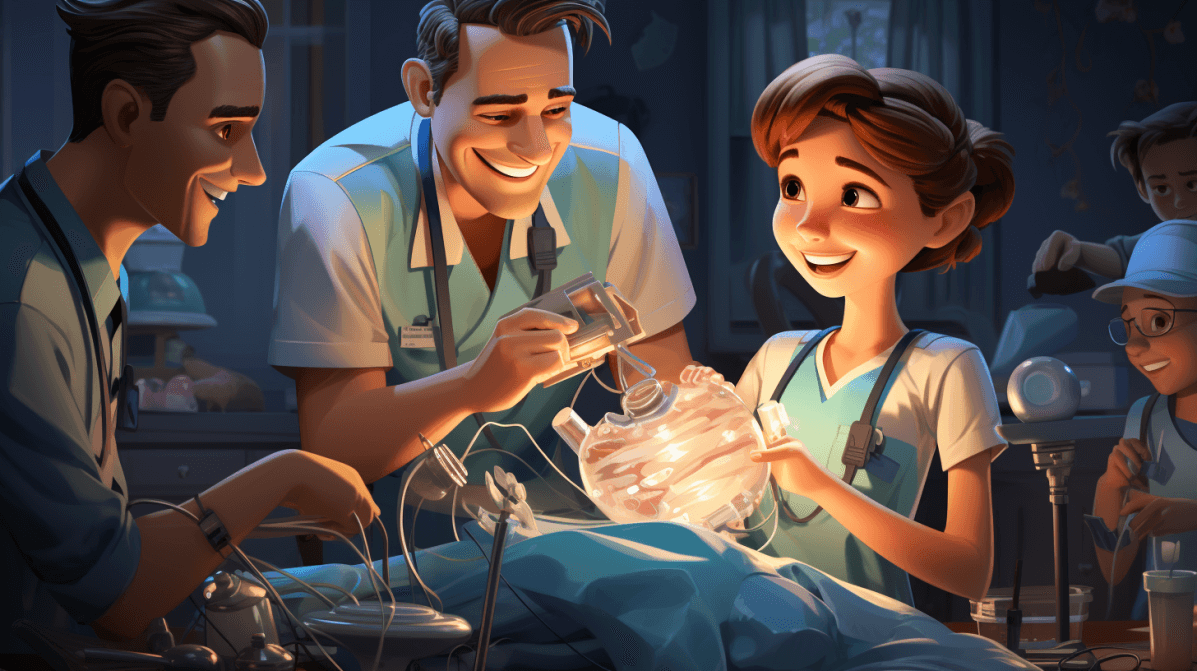 The Aberdeen medical school curriculum integrates patient safety concepts starting in the first year, building up the complexity and responsibility across training years (Aberdeen, 2020). Core knowledge topics covered through interactive lectures and modules include human factors, speaking up about errors, and analyzing socio-technical factors that can contribute to adverse events when overlooked.
The Aberdeen medical school curriculum integrates patient safety concepts starting in the first year, building up the complexity and responsibility across training years (Aberdeen, 2020). Core knowledge topics covered through interactive lectures and modules include human factors, speaking up about errors, and analyzing socio-technical factors that can contribute to adverse events when overlooked.
Later in their training, students are provided hands-on learning experiences in authentic clinical environments, shadowing surgical teams to directly observe safety dynamics and protocols on hospital wards (Aberdeen, 2020).
In simulations, learners collaborate on unfolding case scenarios that incorporate key safety principles and practices. The school facilitates open debriefing sessions following simulations focused on real-world patient cases and medical errors, aimed at broadening student perspectives (Aberdeen, 2020).
“The simulation sessions allow us to learn and practice safety skills on a wide range of scenarios before applying them in the workplace," shared one Aberdeen student.
The curriculum strategically blends classroom-based conceptual foundations with clinical immersion and transparent, non-punitive dialogue around safety risks and mitigation.
In 2022, Aberdeen implemented an engaging module on anesthesia safety enabling students to connect theory to clinical practice by directly observing the setup and use of surgical equipment (Aberdeen, 2022). Additionally, drug safety lectures were updated to potentially reveal connections between medication risks and wider issues like health equity and access (Aberdeen, 2022).
Key Themes:
- Continuous integration of safety content using systems thinking
- Balanced instruction blending concepts and clinical experience
- Open, honest environment focused on learning from adverse events
Notable Developments:
- New anesthesia safety module (2022)
- Revised drug safety lectures linking medicine risks to equity (2022)
Training and Supervision
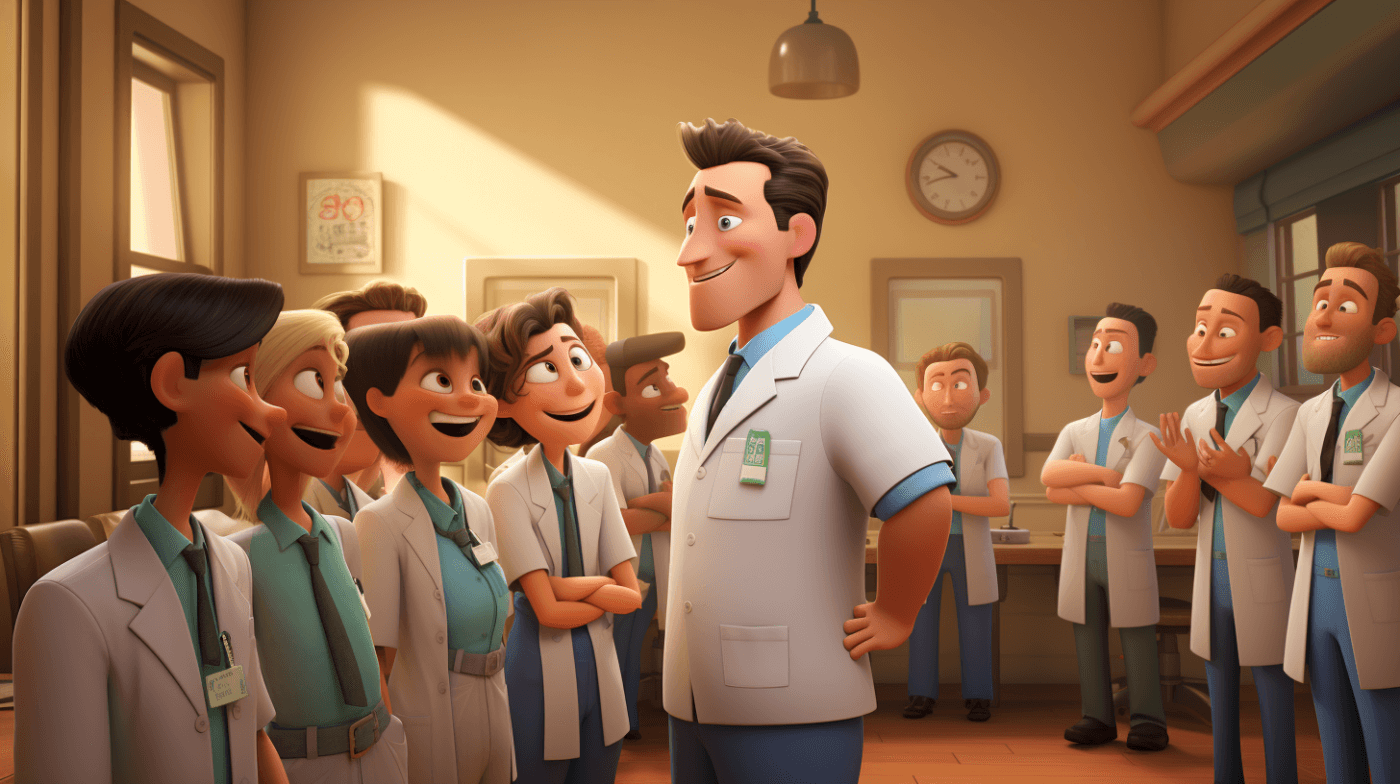
Starting in year one, Aberdeen delivers comprehensive training on requirements for consent, supervision levels, and professional identity for different stages of clinical learning (Aberdeen, 2020). Students are coached on how to take consent appropriately from patients and introduce themselves at the right level before engaging in any clinical contact.
This consent and supervision training is then reinforced through hands-on practice in clinical skills sessions. Understanding of professional duties is regularly assessed through simulations and observed structured clinical exams (OSCEs) (Aberdeen, 2020).
Dedicated modules on medical law and ethics provide an important foundation, covering scenarios like seeking informed consent, communication with vulnerable groups, and use of chaperones (Aberdeen, 2020).
When entering clinical environments, students must wear clearly visible photo ID badges at all times that identify them as medical learners to avoid misunderstandings (Aberdeen, 2020).
In 2022, an important enhancement was the introduction of color-coded uniforms aimed at quickly distinguishing medical students from physicians and other staff (Aberdeen, 2022).
Key Themes:
- Comprehensive training on consent, supervision, identity starting early
- Applied practice and assessment of professional skills and ethics
- Multifaceted supports easing identification in clinics
Notable Developments:
- New color-coded uniforms introduced after positive feedback (2022)
Onboarding and Induction
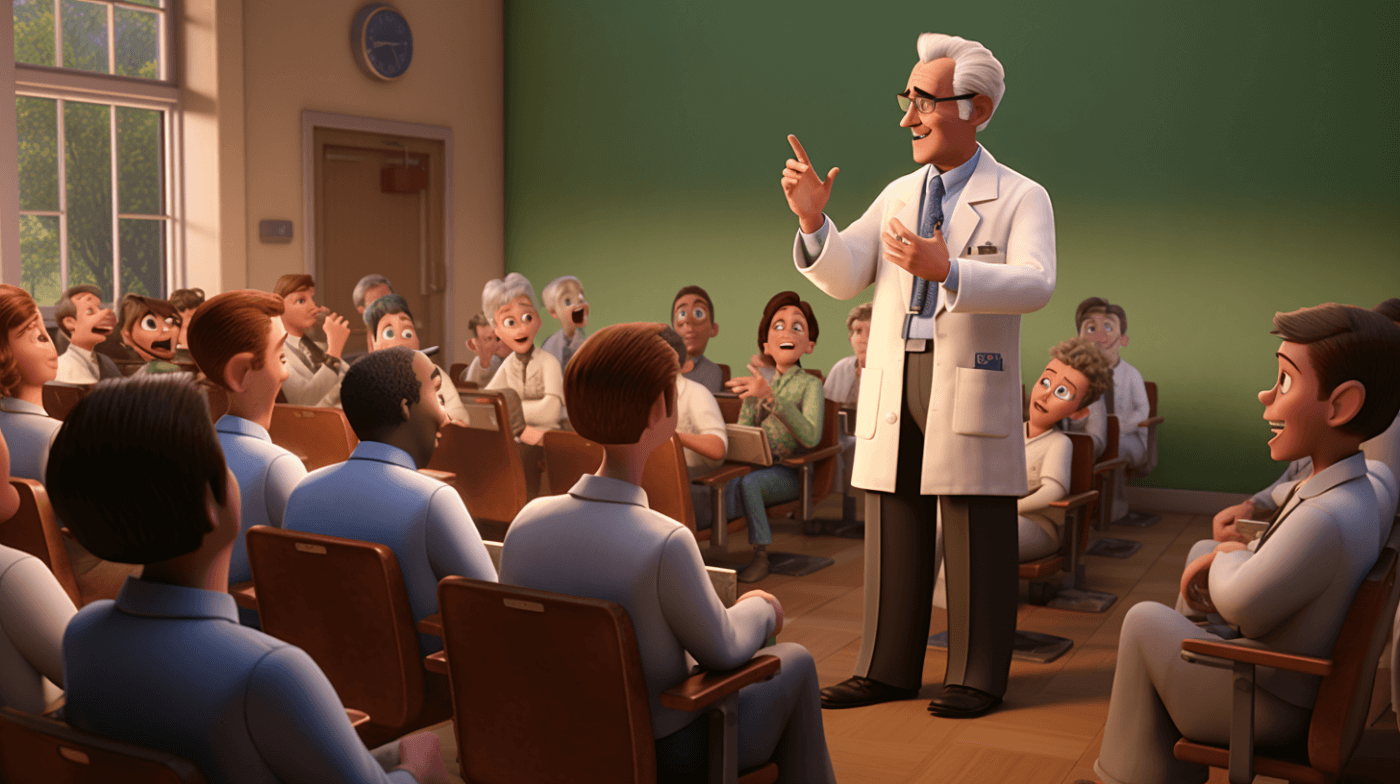
Aberdeen provides dedicated onboarding processes at both the overall program level for new students, and at the clinical placement level before blocks (Aberdeen, 2020).
Specialist orientations are offered on key topics like anatomy, clinical skills, and ward placements, allowing tailored preparation for specific learning environments (Aberdeen, 2020).
Starting in year one, students sign codes of conduct centered on ethics, integrity, and professional values, setting clear behavioral expectations from the outset (Aberdeen, 2020).
In 2022, Aberdeen expanded in-person elements of new student onboarding to intentionally blend online and face-to-face learning. This aims to strengthen introductions, peer connections, and development of a shared professional identity (Aberdeen, 2022).
Key Themes:
- Multifaceted onboarding spanning both overall program and clinical placements
- Balance of broad introductions and tailored content
- Early emphasis on professional conduct standards
Notable Developments:
- Expanded in-person onboarding activities (2022)
Interprofessional Learning
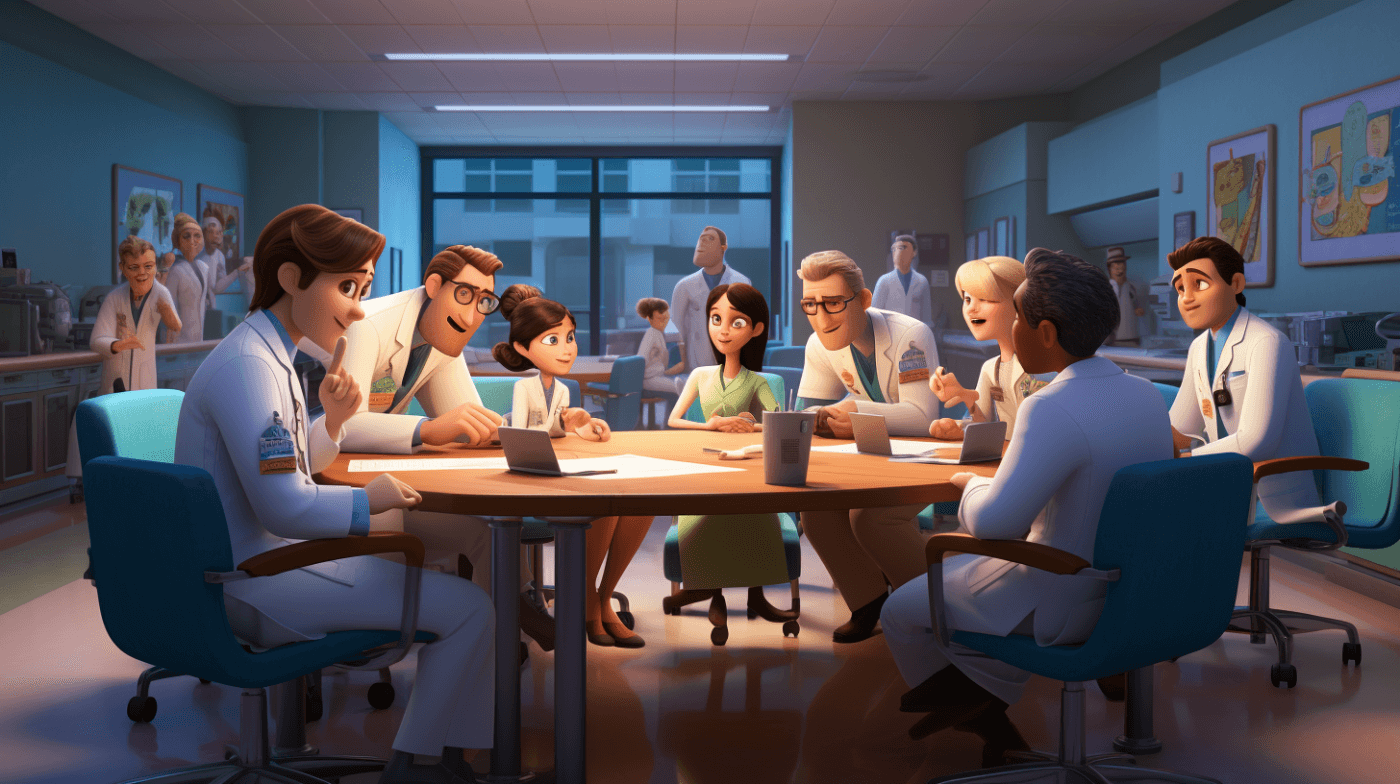
Aberdeen has a longstanding central interprofessional learning (IPL) partnership with nursing, pharmacy, and other major allied health programs at Robert Gordon University (Aberdeen, 2020).
Formal IPL events include facilitated discussions of ethics, collaborative practice, and analysis of complex patient cases with students from different professions (Aberdeen, 2020).
In clinical placements, informal IPL occurs through ward rounds, simulations, and meetings that expose medical students to authentic multidisciplinary teamwork (Aberdeen, 2020).
The school continually seeks to adapt IPL programming to maximize meaningful opportunities despite logistical barriers like large cohort sizes and scheduling mismatches across institutions (Aberdeen, 2020).
In 2022, creative virtual solutions during the pandemic enabled Aberdeen to persist in offering large-scale IPL events online. This allowed students to stay connected and meet peers from other professions in safe environment (Aberdeen, 2022).
Key Themes:
- Longstanding central IPL partnership with nursing, pharmacy, and allied health
- Blend of formal events and informal immersion experiences
- Adaptability to sustain valuable IPL despite logistical barriers
Notable Developments:
- Persisted in delivering large virtual IPL events during pandemic (2022)
Simulation and Technology
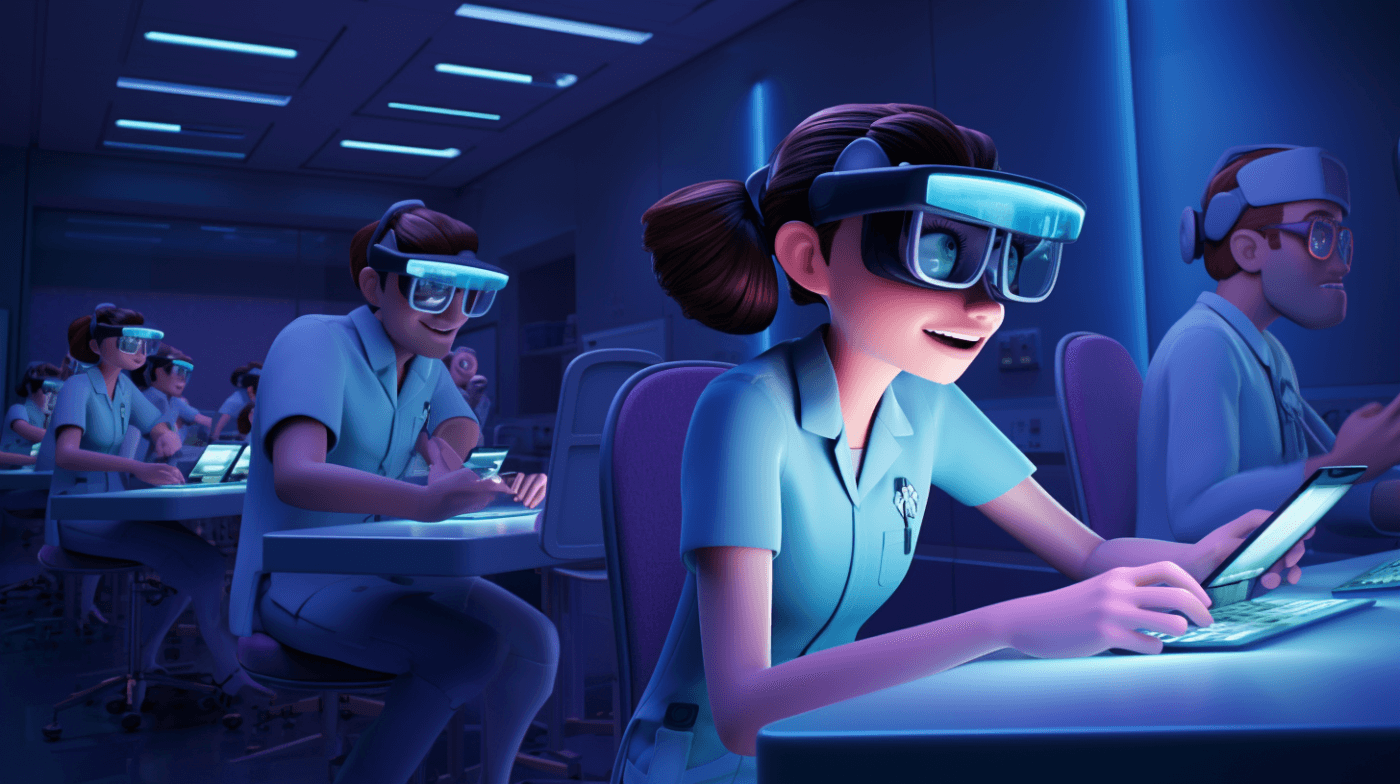
Aberdeen provides a substantial existing technology infrastructure to support teaching and learning, including a virtual learning environment (VLE) with extensive digital resources mapped to the curriculum (Aberdeen, 2020).
Simulation-based training occurs across all regional campuses following a structured strategy developed collaboratively with health boards. The simulations build both clinical knowledge and "non-technical" skills like communication, leadership, and teamwork (Aberdeen, 2020).
In 2022, continued investments expand mobile device access for students through full adoption of iPads. Upgrades also further develop simulation facilities and capacity to match growing enrollments (Aberdeen, 2022).
With an eye towards future practice, exciting pilots in cutting-edge areas like augmented/virtual reality simulations are launching under guidance from dedicated consultant leads (Aberdeen, 2022).
Key Themes:
- Substantial technology infrastructure and simulation opportunities
- Clear regional simulation strategy with phased learning focus
- Commitment to innovation in healthcare education technologies
Notable Developments:
- New multi-phase simulation curriculum rolled out (2022)
- Virtual/augmented reality pilots launched (2022)
Feedback Channels

Aberdeen gathers formal feedback through end-of-block evaluations and meetings attended by student representatives and faculty (Aberdeen, 2020).
More informal feedback is gathered via nurse educator visits to wards, tutor interactions during placements, and educational supervisor meetings (Aberdeen, 2020).
Feedback is aggregated at the program level, reviewed to identify improvement opportunities, and positive comments are shared with educators (Aberdeen, 2020).
In 2022, no substantial updates were made to formal feedback processes, as existing mechanisms continued successfully gathering learner and educator perspectives (Aberdeen, 2022).
Key Themes:
- Multifaceted formal and informal feedback loops
- Aggregation into macro view of learner experience
- Two-way dialogue between students and faculty
Notable Developments:
- No major modifications to variety of feedback channels (2022)
Facilities

In 2020, Aberdeen rapidly adapted teaching facilities and developed new online resources and protocols to enable smooth pivoting to blended learning across dispersed regional campuses during the COVID-19 pandemic (Aberdeen, 2020).
Mobile technologies like iPads were quickly deployed to all senior students to ensure equitable access to educational content, patient records, assessments, and training opportunities while on remote clinical placements (Aberdeen, 2020).
In 2022, following a major review, upgrades to campus teaching spaces were targeted to optimize conditions for the return of in-person instruction. Improvements emphasized hardware upgrades, ventilation improvements, and modernized active learning classrooms tailored to evolving pedagogical needs (Aberdeen, 2022).
Ongoing library refurbishment continues to add learning capacity and update facilities to state-of-the-art standards suited for current students and those in expanding future cohorts (Aberdeen 2022).
Key Themes:
- Proactive technology enhancements enable flexible learning
- Up-to-date specialized and general purpose spaces
- Student-centered commitment to access and experience
Notable Developments:
- Major post-pandemic teaching space upgrades (2022)
- Continued library refurbishment adding capacity (2022)
Wrapping Up
After learning about Aberdeen's multifaceted training environment, you hopefully feel better equipped to determine if this school is a good match for you. From the integrated patient safety curriculum to cutting-edge simulation centers, Aberdeen aims to develop knowledgeable, caring, skilled clinicians ready to enhance care experiences and outcomes. The school's continued enhancements from 2020 to 2022 illustrate their commitment to ongoing improvement guided by evolving learner needs.
As you weigh options for your medical training, reflect on whether Aberdeen's approach resonates with your goals and preferred learning style.
I hope these insights from Aberdeen's own students and educators inform your thinking. Wishing you the very best in finding your ideal fit!




